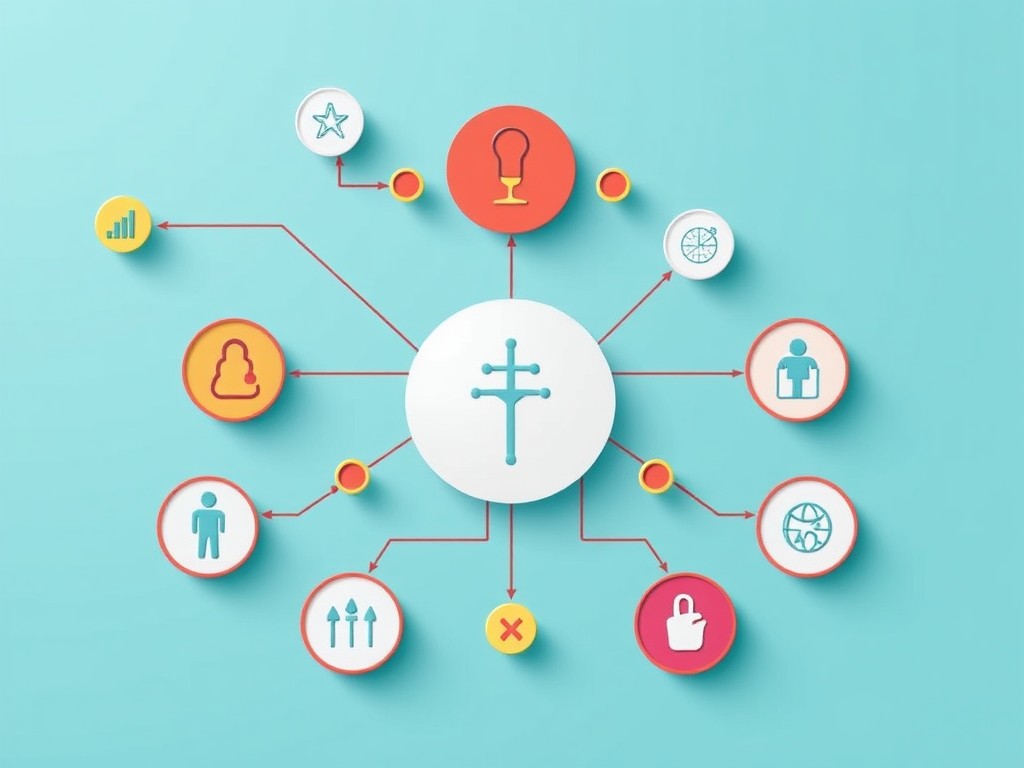
venv or Conda) to manage dependencies and keep your project isolated.agentic-endocrinologist/ ├── data/ │ ├── raw/ │ ├── processed/ ├── models/ ├── scripts/ │ ├── data_preprocessing.py │ ├── train_model.py │ ├── evaluate_model.py ├── app/ │ ├── main.py │ ├── agent.py └── requirements.txt “You are an AI endocrinologist specializing in thyroid disorders. Given a patient’s lab results, generate a reasoning path and final recommendation aligned with [Guideline X].”
from transformers import AutoTokenizer, AutoModelForCausalLM, TrainingArguments, Trainer model_name = "huggingface/llama-2-7b" # example placeholder tokenizer = AutoTokenizer.from_pretrained(model_name) model = AutoModelForCausalLM.from_pretrained(model_name) # Suppose you have a dataset of (instruction, response) pairs train_dataset = ... val_dataset = ... training_args = TrainingArguments( output_dir="./models/endocrine_finetuned", num_train_epochs=3, per_device_train_batch_size=2, evaluation_strategy="epoch", save_strategy="epoch" ) trainer = Trainer( model=model, args=training_args, train_dataset=train_dataset, eval_dataset=val_dataset ) trainer.train() trainer.save_model("./models/endocrine_finetuned") from langchain.agents import load_tools, initialize_agent from langchain.llms import OpenAI llm = OpenAI(temperature=0, openai_api_key="YOUR_API_KEY") tools = load_tools([ "serpapi", # for external search if needed "python_repl_tool" # for running Python code, or other custom tools ]) agent = initialize_agent( tools, llm, agent="zero-shot-react-description", verbose=True ) response = agent.run("A patient has TSH level of 6.5. What might be next steps?") print(response) “Your TSH level is higher than normal, indicating possible hypothyroidism. According to [Guideline X], we recommend repeating TSH in 4-6 weeks and measuring T3/T4 to confirm.”
TSH=5.8.